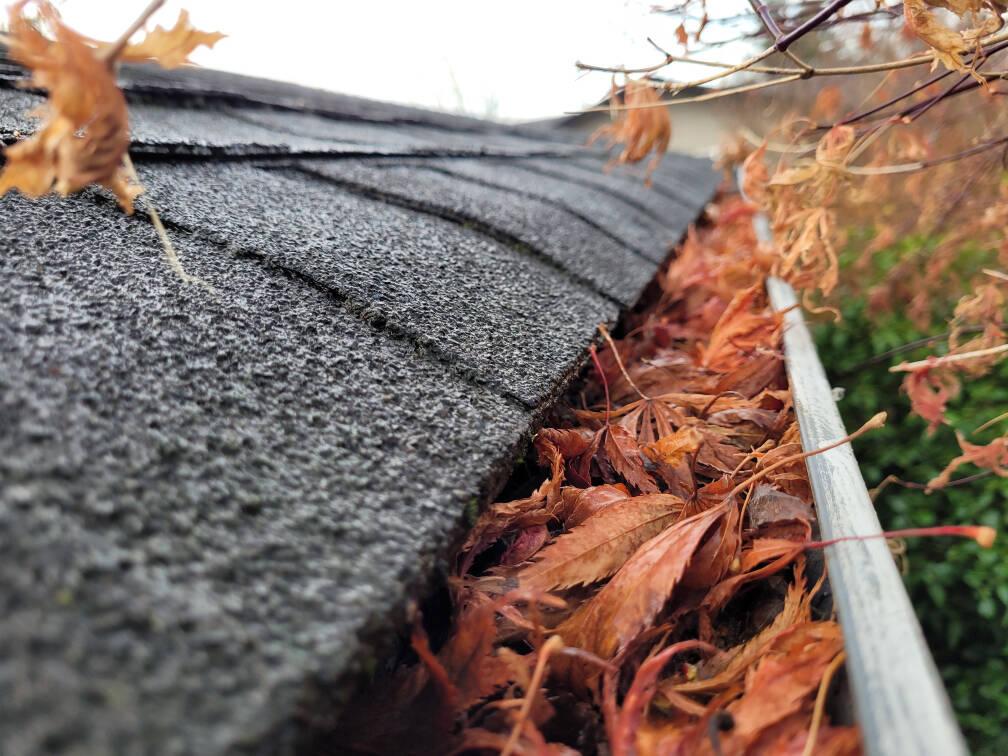Recent strong winds and heavy snow resulted in many deciduous trees losing all their leaves at once. Leaving the leaves where they fall is not a good idea. They can form an impenetrable mat that smothers the grass beneath them. They can make sidewalks, parking lots and driveways slippery, leading to falls.
But what can you do with so many fallen leaves at once?
• Add them to your compost pile. Shredded leaves are a good source of carbon (“brown” materials such as dry or woody plant material) for a compost pile. Make sure to chop or shred the larger pieces and moisten dry material as it is added to the pile.
• Cook up a lasagna garden bed. Lasagna gardening is a no-dig, no-till method of creating a garden bed, sometimes referred to as “composting-in-place.” Start with a layer of corrugated cardboard to smother any grass or annual weeds. Alternate layers of “brown” material with layers of “green” material (such as discarded garden annuals, grass clippings or manure) to reach a height of about 2 feet.
• Work the leaves directly into fallow garden beds. A 6- to 8-inch layer of leaves tilled into heavy, clay soil will improve aeration and drainage. The same amount tilled into a light, sandy soil will improve water and nutrient holding capacity.
• Fertilize your lawn. Instead of raking leaves off your lawn, chop them up with your lawn mower and let them compost in place to enhance the soil. Because smaller pieces decompose faster, aim for dime-sized pieces.
• Mulch bare soil. Apply 2-6 inches of leaves to the bare areas in your garden to protect the soil from erosion, suppress weeds and eventually decompose to enrich the soil. If the leaves are large, shred them with your lawnmower to prevent them from forming a solid mat that inhibits air and water penetration.
• Use the leaves to insulate more delicate perennials. A 6-inch blanket of leaves can help protect tender plants from winter wind and cold. It can also prevent frost heaving of plants caused by thawing and refreezing of the soil. Avoid applying the leaves until after the first hard frost; otherwise, the resulting warmth might fool your plants into thinking it is spring already.
• Recycle your leaves through the Clallam County Composting Facility. The composting facility is located at 3501 West 18th Street in Port Angeles and is open 9 a.m.-5 p.m., Monday through Saturday, except for county holidays. You can also subscribe to yard waste collection in both Sequim and Port Angeles.
Jeanette Stehr-Green is a Clallam County Master Gardener.


